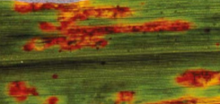Grass weeds are a major challenge in UK agriculture and are often highly competitive in arable crops.
Some of the most common grass weeds in the UK include: Black-grass (Alopecurus myosuroides),…
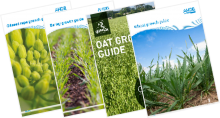
4
Farm-PEP aims to bring together all the sources of useful knowledge for Agriculture, whether from academic science, applied research projects, industry trials, farmers own trials or simple on-farm…

1
Policy plays a critical role in shaping the agriculture industry in the UK and Europe. Government policies can have a major impact on the way that farmers operate, the crops they grow, and the prices…
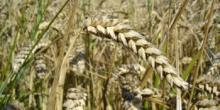
2
Sitobion avenae and Rhopalosiphum padi, otherwise known as the grain aphid and bird cherry-oat aphid, are the two main species of cereal aphids.
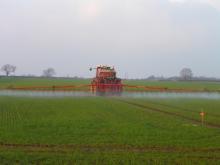
The herbicide glyphosate was first registered in 1974 under the original trade name RoundUp (Monsanto) and has since become one of the most commonly used herbicides globally.
It is a non-selective,…

1
Oilseed rape diseases can be caused by a variety of factors, including fungal, bacterial or viral infections, pests and insects, and environmental stress.
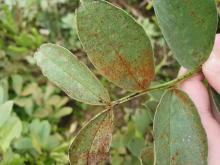
2
Diseases infect susceptible plant hosts, where environmental conditions favor disease development. Infected crops achieve lower yields and the quality of the produce can also be affected.
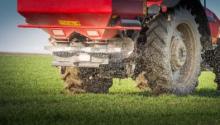
1
Fertilisers, especially nitrogen, give some of the biggest environmental impacts of any inputs, from both their manufacture and their application. A range of innovative approaches are being…
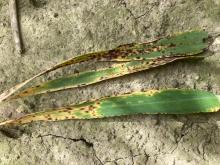
1
Ramularia (Ramularia collo-cygni) is a disease that affects only winter and spring barley.







